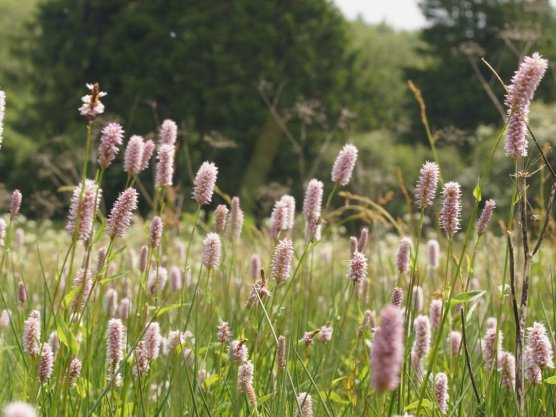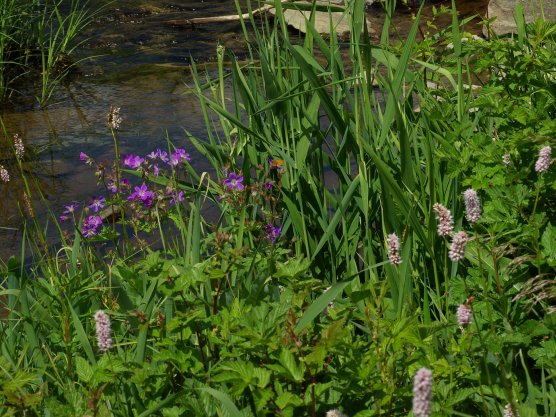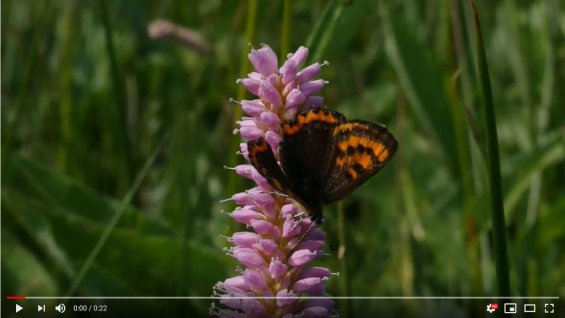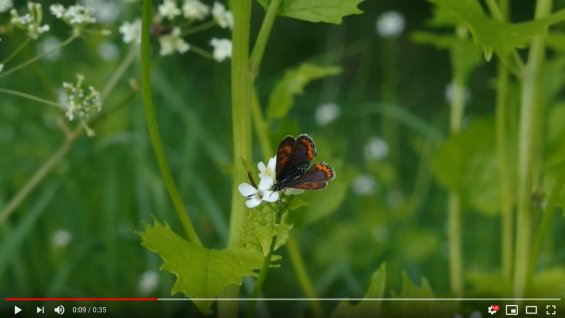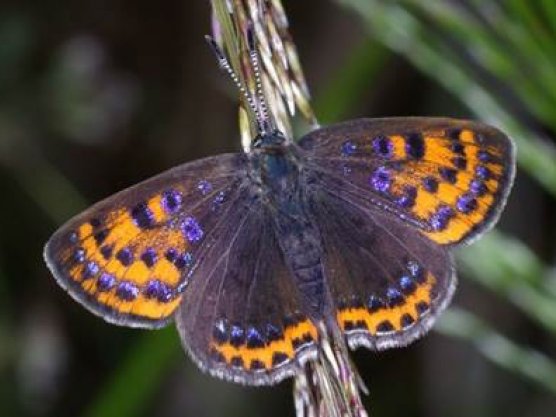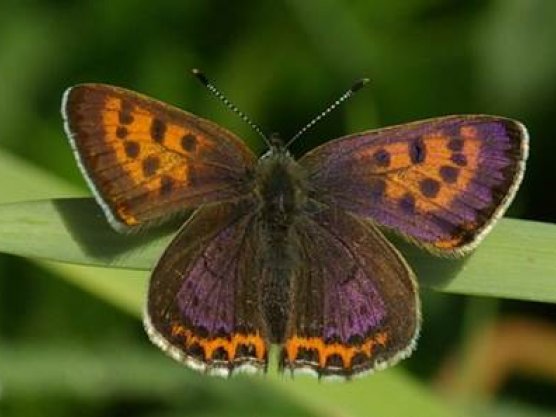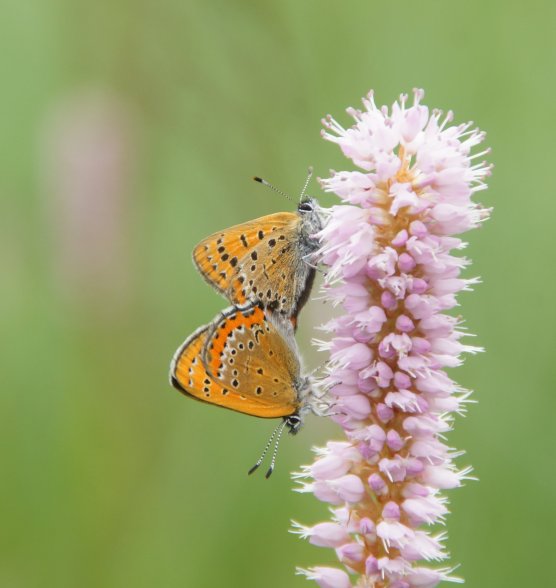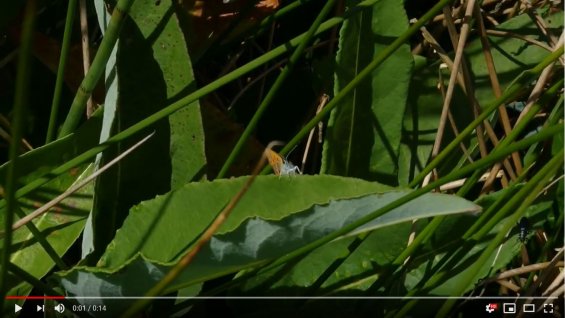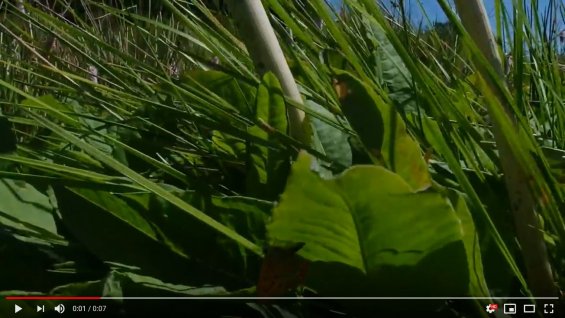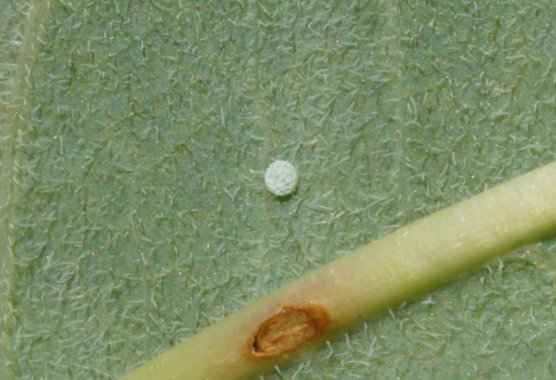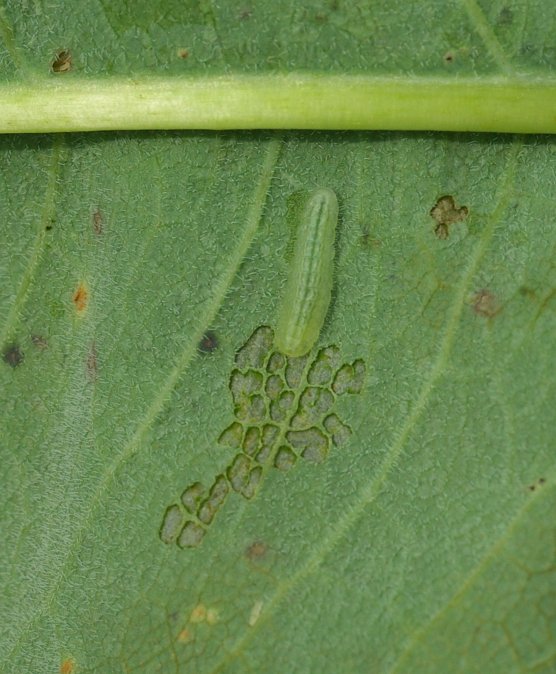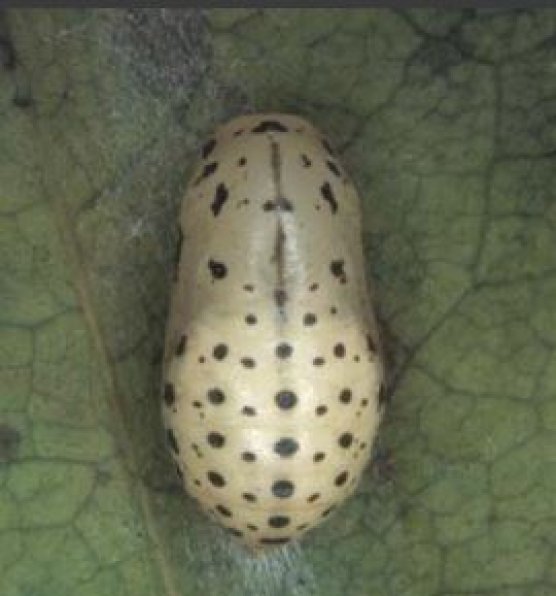
Development of a habitat network for the Violet Copper

Target species
The Violet Copper
The flagship species of the project owes its name to the blue-violet shimmer, which shows itself with the male over the entire wing surface and with the female butterflies at the wing edge. The females lay their eggs on the caterpillar's only food plant - the common bistort (Bistorta officinalis). The caterpillars of the butterfly hatch in June and then pupate. The pupa hibernates and hatches the following year between May and early June. The adult coppers use various plant species as a source of nectar.
Semi-open, flower- and nutrient-rich wet meadows, fallows, fringes and strongly light-flooded alluvial forests with common bistort are preferentially used as a habitat.
Many of these habitats have been lost to the special butterfly, through intensification of agriculture, the abandonment of extensive grassland farming, or by afforestation with spruce. Plants imported from far away countries such as the himalayan balsam (Impatiens glandulifera ) surpress and displace the important forage plant.
The LIFE project Patches & Corridors provides new habitats for the Violet Copper, optimises existing biotopes and enables an exchange of local populations by establishing stepping stones and corridors between the protected areas. Along with the butterfly, other animal and plant species in the wet meadows and light alluvial forests benefit from these efforts, too.
- Scientific name: Lycaena helle
- Protection status: Red List Germany: 1
- Red List NRW: 1S
- FFH Annexes II and IV
Distribution: The total distributional range extends from western Europe to eastern Asia. In Germany the occurrence of the species is restricted to just six regions, including some upland areas and the foothills of the Alps.
Habitat: The violet copper lives in flower-rich damp meadows where bistort (Polygonum bistorta) is found, under cool-moist climatic conditions.
Given its small wingspan of 2.5-3 cm and the overall dark coloration of the upperside of its wings, the violet copper is at first rather inconspicuous. But on moving closer and differentiating small details it soon becomes clear how the butterfly’s name is derived. Several of the specially structured scales on the wings refract the sunlight in such a way that mainly the blue element is reflected. The upperside of the wings then appear bluish-violet and iridescent, shimmering with each change of angle the insect makes with every movement. The intensity of this colouring differs between the sexes; while the upperside of the male’s wing surface is completely iridescent blue, this is confined in the female to small areas.
(two links on video clips, showing foraging of a female and a male butterfly)
The life cycle of the butterfly follows the typical pattern of highly developed insects. A larva or caterpillar hatches from an egg in July, which then over the next two to three weeks develops into a stationary stage or pupa, also chrysalis. The pupal resting time starts at the end of July/beginning of August, and ends with the emergence of the adult butterfly, or imago, from May until the end of June. At this time the fertilized females lay their eggs singly on the leaves of the bistort plant.
Eggs are easy to find. They are deposited by the females on the undersife of bistort leaves in a distance of a butterflies body lenght. Eggs look like miniature golf balls, which is typical for the coppers. When you can identify a small hole in the middle of this golf ball, the young caterpillar is hatched. It is worth while searching for it, because they stay on their "cradle leaf" quite a long time. But be aware of their well developed camouflage.
Depending on its age, the caterpillars cause different feeding patterns. In the early stages they are only able to feed on the smoother parts. Mouth parts are not strong enough, yet. The uppermost cellular layer is indigestible for them. Thus they cause a characteristic mosaic like pattern. Since this layer is very thin the pattern remembers to an assemblage of small windows within the leaf.
Fully grown caterpillars are able to eat all leave parts.
Larvae of the Violet Copper look more like woolice than like typical caterpillars. The body is flattened and the legs are very short.
(two links on video clips showing a female during egg deposition)



